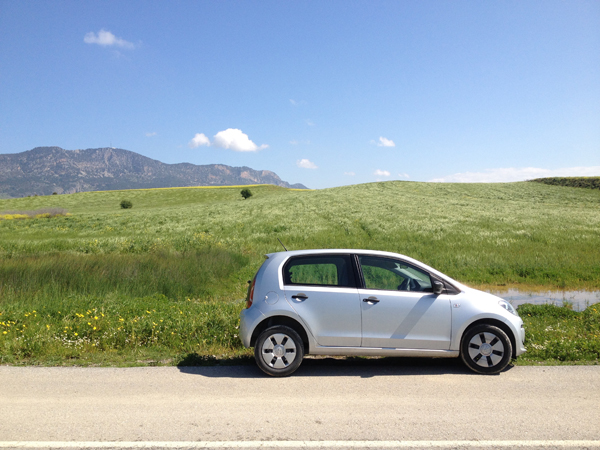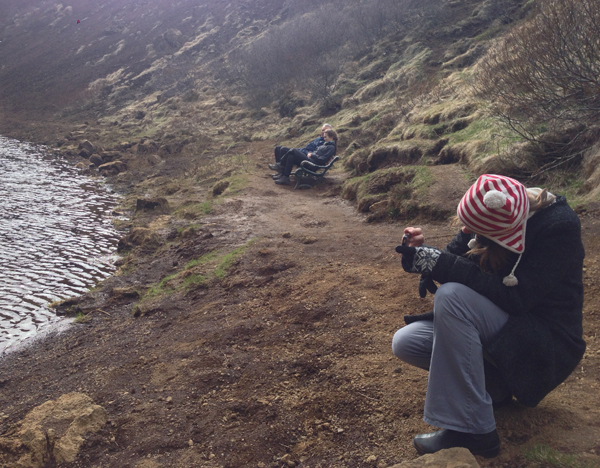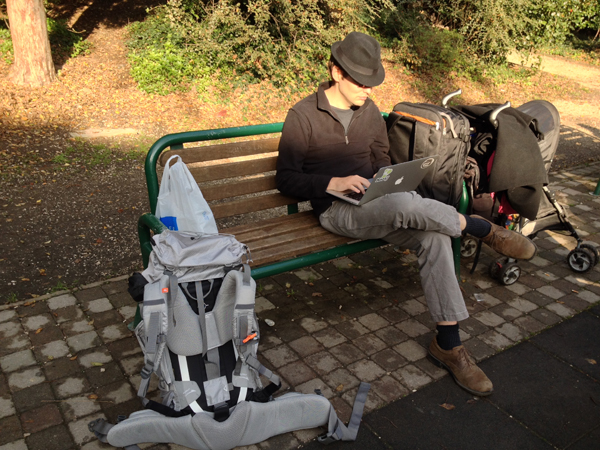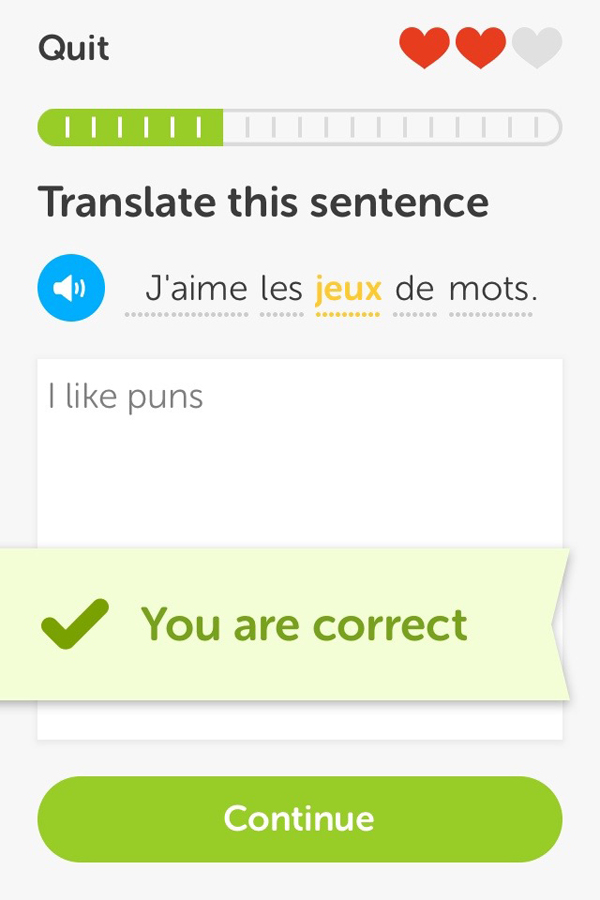We started our trip by spending almost 10 months in Europe. Here are some of the resources and possessions that we found most useful, some toddler-related, some not.
Air B&B. Aside from five nights in hotels, we lived in Air B&B rentals for almost ten months straight. There was a huge amount of variety; some places were more like traditional B&Bs, others were apartments/houses temporarily unoccupied by their owners, and some were vacation homes that were rented out constantly. One month, we shared a home with its owner. Each type of rental has its own charms, though the homes that were primarily owner-occupied tended to have the best kitchen equipment.
Because we tended to stay in place for about a month at a time, we were able to get massively better rates than a hotel or short-term rental; in most cases, our total housing costs for a month (including utilities) were considerably less than our previous monthly rent in Oakland, California. (Which, okay, is not the cheapest place to live. Still.) I would book our long-term housing about three months in advance, while the shorter stays were easy to snag at the last minute.
If you want to use Air B&B and haven’t in the past, I would be grateful if you would use this link to sign up for your account so that both you and I will receive travel credit.
Knowing how to drive a manual. While we possibly could have reserved an automatic in places if we’d paid extra, manuals are still the standard in the parts of Europe where we drove. I was thankful to not be learning to drive a manual and learning to drive on the left side of the road at the same time. (On the other hand, while this was a useful skill at times, for most of our trip we didn’t need a car at all because of awesome public transportation options.)

Travel vest. Because different countries have different laws, this vest may not be considered adequate in parts of Europe, though it meets US safety laws. We were banned from using this in a Swedish taxi, and I have to admit that in Iceland, we just didn’t bother asking if it was okay, because we didn’t want to be told no. However, we started the trip lugging around a full-size carseat (along with our full-sized suitcase), and the difference in mobility is amazing. We bought the older version, because it has a tether system that will work in the older cars without shoulder belts that we might encounter as we continue our trek around the world.
iPhones. We used these as cameras, electronic book readers, maps, and flashlights. I didn’t have cell service on mine until a couple of weeks ago, but just having a general iDevice cut down on a lot of other equipment and books that we didn’t want to lug from country to country. (Lest you think we can accomplish more than we can with these, we do have MacBooks for our professional work.)

Comfortable walking shoes. We spent many, many hours on our feet. Enough said.
A stroller. While there have been entire countries where we’ve barely used our stroller, it’s been super useful in cities. Theo is just on the threshold of being willing to walk longer distances on his own… but just on the threshold still involves lots of tears, especially when I want to go on a ramble. Our first stroller broke getting off a bus in Sweden. This was particularly unfortunate because the price of the average (new) stroller in Sweden seems to be higher than the price of my first (used) car. Luckily, we were able to find a used stroller that cost much less than a car.

Universal adapter. We hopped between so many different countries that having a universal adapter was more practical than uni-convertors, even though it was bulkier. We used this small, packable power strip to share power for our various electronics.
Backpacks, not suitcases. We ditched our suitcase towards the beginning of our trip because it was so impractical on the cobblestones. In general, traveling with less has made the transitions easier and we’ve managed to lighten our load pretty much every time we leave for another country. Brian uses this pack, but I needed something with additional back support, so I have more of a traditional hiking backpack.

A credit card with a chip (and no foreign transaction fees.) While most in-person transactions can be swiped in Europe, the machines often only read chips. Which meant that when our chip cards were comprised, and we were waiting for new ones, we couldn’t do basic things like add value to our bus cards. We used Chase Sapphire Preferred because it was one of the few US cards offering a chip when we left, but other banks seem to be jumping on the chip bandwagon now. Finding cards with no foreign transaction fees (and a debit card that would reimburse any ATM fees, including foreign ones) was totally worth the research, since those fees can add up quickly.
Duolingo. We used Duolingo to practice French before and during our stay, and it helped a bunch, though I was still stumbling along by the time we left the country. (I’ve gotten more comfortable with stumbling, though.) We’ve also been using it to practice Spanish for our upcoming time in Costa Rica and Argentina. Duolingo is less focused on specific travel phrases and more on general fluency. This is what we wanted, but others might just prefer a traditional phrase book for shorter stays.

Dan Carlin’s Hardcore History. Carlin is an incredible, enthusiastic podcaster who weaves together a plethora of sources to paint a picture of different time periods. We loved listening to his series about World War I while traveling.
